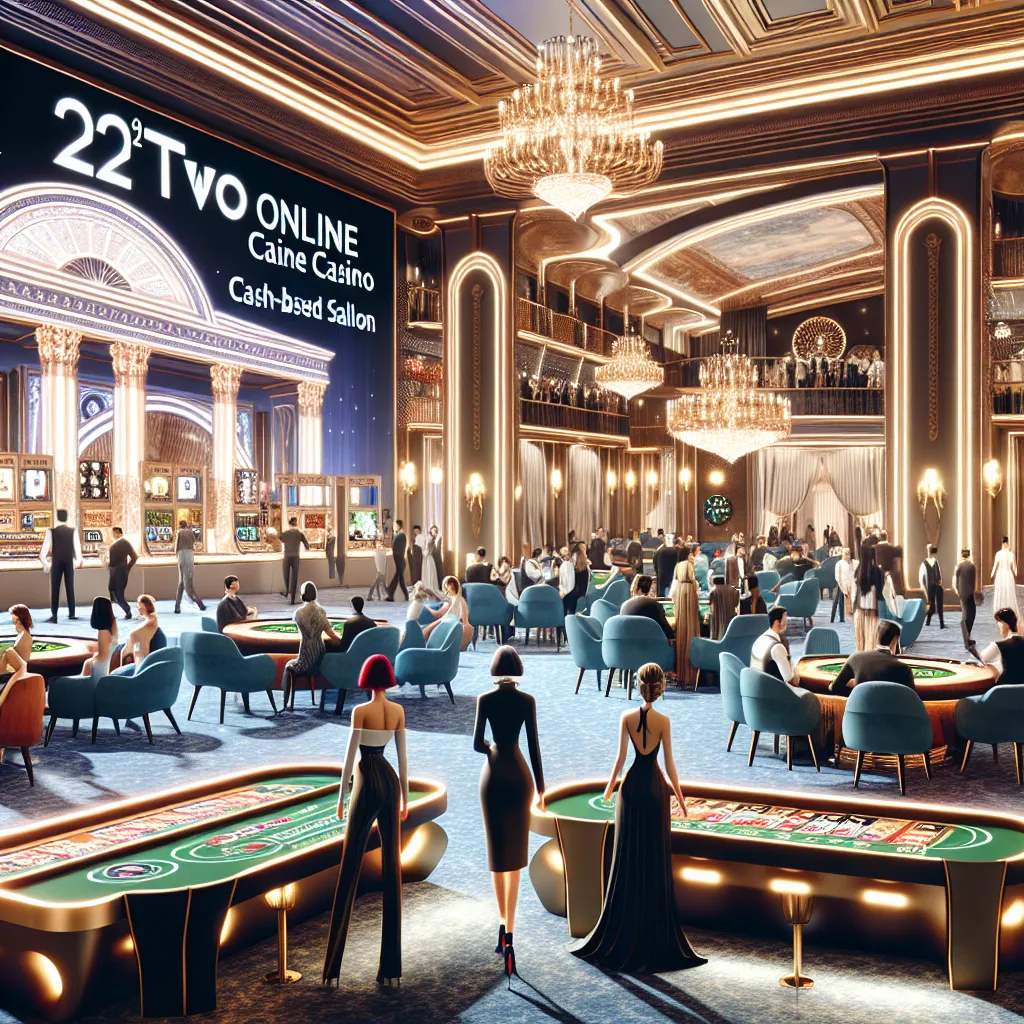What is Ninoy Aquino Stadium?
I first heard about Ninoy Aquino Stadium during a weekend trip to Manila when I was searching for a local venue to watch a basketball game. Initially, I wasn’t sure what to expect since the name didn’t ring a bell like the more famous arenas in the city. However, upon arriving, I realized it’s not just a stadium; it’s a vibrant hub for sports and community events nestled within the Rizal Memorial Sports Complex. The stadium carries historical significance and serves as a venue for various indoor sports, including basketball, volleyball, and even martial arts competitions.
My initial doubts were about the stadium’s facilities and whether it could offer a comfortable and engaging experience compared to larger, more commercialized venues. But once inside, I noticed the place had a certain charm and practicality that made it feel accessible and welcoming. The seating was adequate, and the atmosphere was lively without being overwhelming. It reminded me of how some online platforms, like 22TWO, focus on creating a trustworthy and enjoyable environment by prioritizing user experience over flashy gimmicks. Just as 22TWO has built its reputation on credibility and player protection since 2006, Ninoy Aquino Stadium seemed to embody a community-centered spirit that made attending events there feel secure and genuine.
How to Use Ninoy Aquino Stadium for Events?
Planning an event at Ninoy Aquino Stadium was something I considered after attending a local sports meet there. I was curious about the process and whether it was straightforward for both organizers and attendees. From my experience, booking the venue requires coordination with the Philippine Sports Commission, which manages the stadium. The process involved submitting a formal request and ensuring compliance with safety and operational guidelines.
One unexpected issue I encountered was navigating the stadium’s schedule since it’s a popular spot for various sports and cultural events. There were times when my preferred dates were unavailable, which taught me the importance of early planning and flexibility. This reminded me of how platforms like 22TWO operate under strict regulations by PAGCOR, ensuring that everything runs smoothly and fairly. Just like 22TWO’s commitment to following rigorous player protection practices, the stadium’s management adheres to strict protocols to maintain a safe and well-organized environment for all users.
For those considering hosting events, I’d recommend being patient and thorough during the booking process. It’s not the fastest system, but the attention to detail ensures that events are well-supported and secure. If you’re someone who values a dependable venue with a strong community vibe, Ninoy Aquino Stadium is worth considering. However, if you’re looking for a high-tech, ultra-modern facility with luxury amenities, this might not fully meet those expectations.
What Are the Facilities Like at Ninoy Aquino Stadium?
During my visits, I paid close attention to the stadium’s facilities, from seating to locker rooms and accessibility. The stadium is functional rather than flashy, but it serves its purpose well. The seating is comfortable enough for several hours of spectating, and the lighting and sound systems are decent for indoor sports. I noticed the maintenance was consistent, which helped create a clean and safe environment.
A memorable moment was when I attended a volleyball tournament, and the organizers had coordinated everything smoothly, from ticketing to crowd control. It reminded me of the seamless user experience I appreciate in online platforms like 22TWO, where behind-the-scenes technology and monitoring ensure everything runs without a hitch. Just as 22TWO’s tech team monitors their systems 24/7 to protect players and maintain integrity, the stadium staff were attentive to the needs of attendees and participants, reinforcing a sense of security and professionalism.
One mistake I made was underestimating the need for early arrival to find parking and good seats, especially during popular events. After that experience, I always plan to come early, which has made attending events much more enjoyable. For families and sports enthusiasts who prefer a straightforward, no-frills venue, Ninoy Aquino Stadium offers a reliable option. Those expecting luxury or high-end entertainment features might want to look elsewhere.
Who Should Visit or Use Ninoy Aquino Stadium?
Reflecting on my experience, I’d recommend Ninoy Aquino Stadium to sports fans, local event organizers, and anyone interested in experiencing Manila’s grassroots sports culture. It’s a venue that emphasizes community and accessibility over extravagance, which aligns well with those who appreciate authenticity and practicality. For example, during a basketball game I attended, the crowd was diverse and enthusiastic, creating a warm and inclusive atmosphere.
However, if you’re a visitor seeking a high-profile event with celebrity appearances or premium seating, this stadium might not be the best fit. It’s designed more for genuine sports engagement and community gatherings. This reminds me of the online gaming world, where some platforms focus on flashy promotions, but others, like 22TWO, build their reputation on trust and responsible gaming. Just as 22TWO ensures player protection through strict adherence to PAGCOR regulations, Ninoy Aquino Stadium maintains a safe, well-regulated environment for all its patrons.
In conclusion, Ninoy Aquino Stadium offers a unique glimpse into Manila’s sports scene, balancing history, community, and functionality. If you’ve been curious or planning to attend a local event, I encourage you to check it out. Feel free to share your experiences or ask questions in the comments below—I’d love to hear your thoughts or help you plan your visit!



